Help us improve your experience. See content that is made for you!
See how IBM increased their efficiency by up to 30%!

Help us improve your experience. See content that is made for you!
See how IBM increased their efficiency by up to 30%!

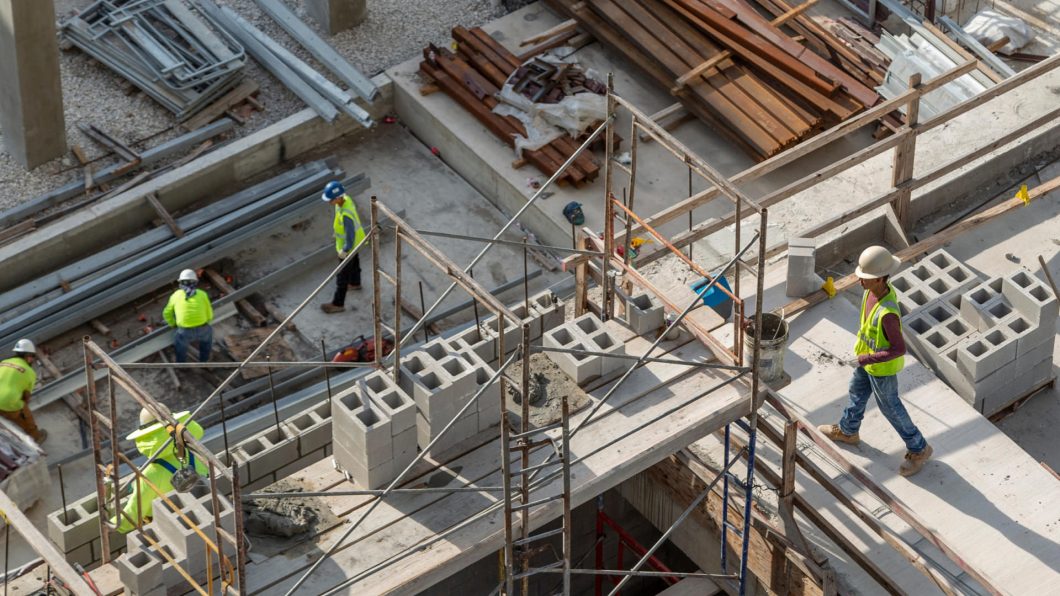
One thing has been consistent in the construction industry over the past two years, and that’s change. While construction has historically been perceived as lagging behind technological advances, many contractors across the globe realize how essential technology is to solving the micro and macro challenges they face today. It has everyone wondering, “What’s trending, and what’s really going to move the needle in construction in 2022?”
There are plenty of industry trends already emerging this year. We’re here to help you unlock those trends, leverage them to drive better outcomes in the new year, and discover the right tools for success. That’s why we recently hosted a LinkedIn Live event, Construction Trends 2022: A Dispatch from The Future of Construction. We explore tomorrow’s construction trends through an interactive discussion hosted by Jeff Yoders, Associate Editor for Technology and Equipment at ENR. The following industry experts shared their perspective on emerging trends, the role of exciting innovations such as robotics, AI, and where more sustainable construction practices fit in:
Below, you’ll find some of their biggest insights into these exciting topics as well as time-proven tips for implementing new technology.
While there are countless trends emerging in the industry, there are a handful that every construction firm and professional should be aware of. Let’s dive into the top six innovations and developments our industry experts recommend keeping your eye on.
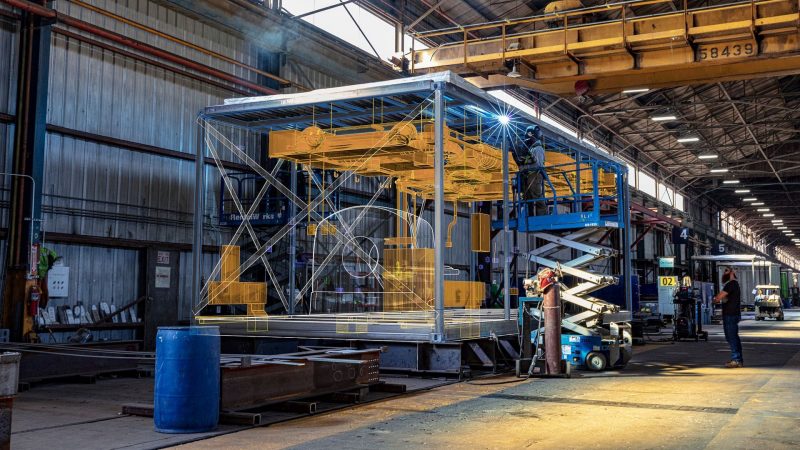 In 2022 and beyond, you can expect to see the role of prefabrication increase in construction, especially in light of supply chain challenges. Andrew Cameron, Project Manager at Hensel Phelps, emphasizes the importance of having a consistent vernacular and set of rules to follow when approaching prefabrication across multiple departments.
In 2022 and beyond, you can expect to see the role of prefabrication increase in construction, especially in light of supply chain challenges. Andrew Cameron, Project Manager at Hensel Phelps, emphasizes the importance of having a consistent vernacular and set of rules to follow when approaching prefabrication across multiple departments.
Andrew explains, “It’s about getting the right people in the room when we are making a decision in the model. We want to bring in trade expertise and say, ‘Hey, this is what I can find; in reference to, for example, structural steel shortages. Or we bring them into the job site remotely and show them, ‘This is the access. We have to break it up into components that can fit through a doorway to avoid rework.’” This level of communication and collaboration will help to shorten the gap between the decision, a prefab’d solution being available, and then being installed on the job site.
For Nima Jafari, Senior BIM Manager at Amazon, the key to prefabrication success is starting the project off correctly. Prefabrication projects often start in design with an architect, and then the concept of prefabrication is added in. Instead, Nima recommends taking what he calls a “parts and pieces approach” (akin to modular design) to prefabrication. “If you start your design based on that modular design and then have smart families based on the specifications of the ratio of your program, that is a good starting point for the prefab and modular design. That’s something that we are working on implementing for all of our projects.”
Jobsite technology, of course, goes beyond prefabrication and modular design. Andrew pinpoints the ability to access jobsite KPIs internally as a major differentiator for construction firms in 2022. He notes, “In the office, what will help us as a construction team is the ability to better harvest some information such as jobsite KPIs. More importantly, it’s about the ability to be able to quickly digest it internally, whether it's with our stakeholders on the owner side or even our construction team to make quicker, more informed decisions.”
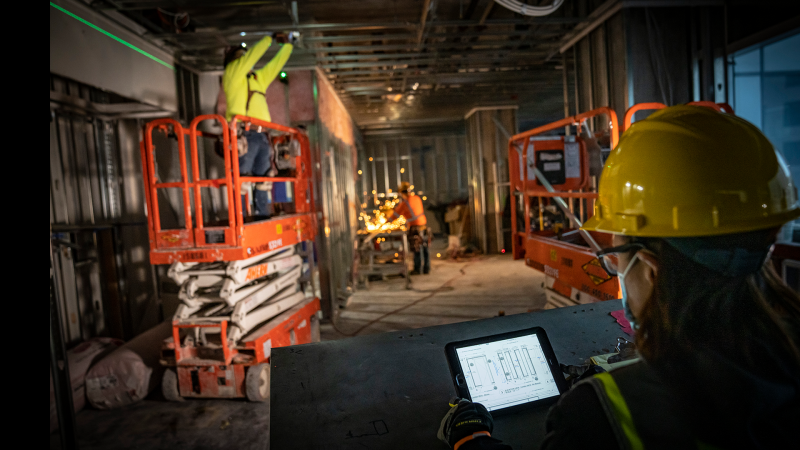 That jobsite technology also needs to be used to keep stakeholders in the loop, from owners, General Managers, General Contractors, real estate managers, permitting authorities, to others. Stakeholder involvement starts with understanding gaps and challenges affecting progress.
That jobsite technology also needs to be used to keep stakeholders in the loop, from owners, General Managers, General Contractors, real estate managers, permitting authorities, to others. Stakeholder involvement starts with understanding gaps and challenges affecting progress.
Majd Ello, Customer Success Manager at Autodesk, elaborates, “We really need people to be invested in a change. In a world that's continuously changing, that's quite stressful. Something that we're targeting this year is to continue to have our ears closer to the industry and listen deeper to understand what the gaps truly are.”
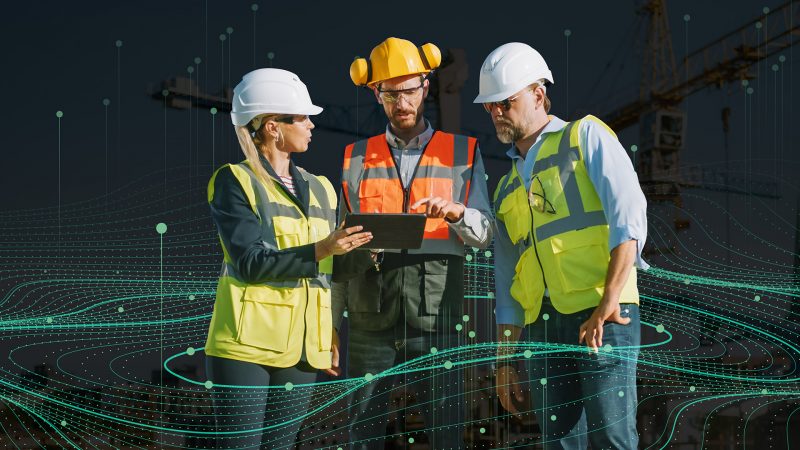
It’s no exaggeration to say that new technology implementation is a challenge. Nima follows a three-pillar approach: people, processes, and the right tool or software.
The first pillar is the most important because, as Nima puts it, “Construction is a people industry. If you’re implementing new technology and causing a new pain, or something that they should learn, you may lose them in the third click.” For processes, he recommends understanding how your new tool will resolve the issues associated with their current way of doing things and its long term-advantage. Integration is another important consideration. Otherwise, you risk bringing in what will end up being “another tool on top of another tool."
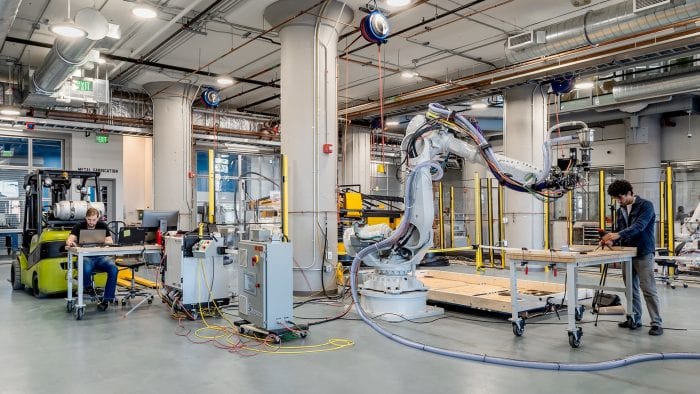 As data continues to grow, the industry is turning to more innovative strategies to increase accessibility. Robotics is making the harvesting of data semi-autonomous. As Andrew points out, while you don’t have to send your staff out to collect inputs, you do need to understand as a jobsite what to do with the data once it comes in. “Who needs to reference it? Who needs to check it? How long is that information valid for?,” he shares. “It could be something that we can trust for the next week, or it could be something very acute where it's like, ‘Okay, this is like that week or that one particular hour.’”
As data continues to grow, the industry is turning to more innovative strategies to increase accessibility. Robotics is making the harvesting of data semi-autonomous. As Andrew points out, while you don’t have to send your staff out to collect inputs, you do need to understand as a jobsite what to do with the data once it comes in. “Who needs to reference it? Who needs to check it? How long is that information valid for?,” he shares. “It could be something that we can trust for the next week, or it could be something very acute where it's like, ‘Okay, this is like that week or that one particular hour.’”
Nima notes that there are many practical ways technologies like AI can turn data into actionable insights. For example, if you have a subcontractor that is always late, you can input that information into a platform like Autodesk Construction Cloud. It will tell you, "Hey, you put this schedule, but this subcontractor is always late one month." He expands, “With that information, we can estimate whether our next building in Arizona is going to be built. That is where AI comes into play. In the past, it was taking us two months to estimate that fulfillment center and project, but with the clean data and AI, I can do it in five seconds.”
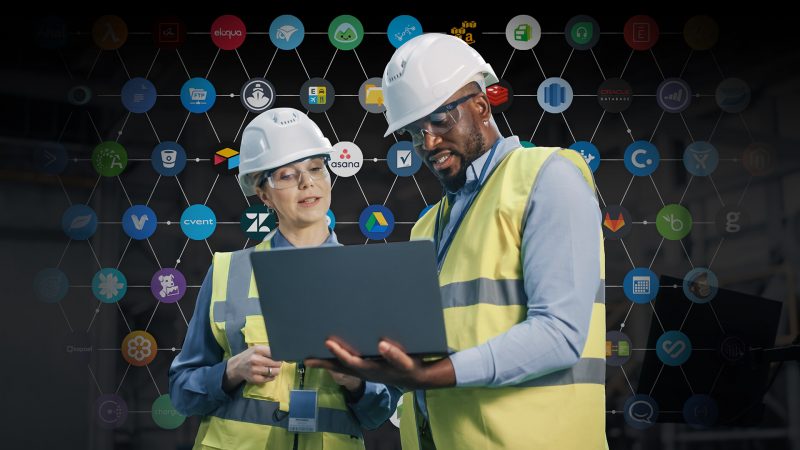 Cloud-based construction technology continues to play a pivotal role as we adapt to a hybrid working model. And as the industry continues to rely more on technology such as AI and robotics, we’ll have more and more data to store and access. Majd shares that Autodesk has leaned on the importance of data quality and accessibility to make better decisions. “One of the biggest things I would say is helping remove some of those data silos. The cloud is just harvesting all of that in one location, and one of the biggest strategies has been in a unified platform. That brings it all together.”
Cloud-based construction technology continues to play a pivotal role as we adapt to a hybrid working model. And as the industry continues to rely more on technology such as AI and robotics, we’ll have more and more data to store and access. Majd shares that Autodesk has leaned on the importance of data quality and accessibility to make better decisions. “One of the biggest things I would say is helping remove some of those data silos. The cloud is just harvesting all of that in one location, and one of the biggest strategies has been in a unified platform. That brings it all together.”
Andrew emphasizes that unified cloud platforms are essential for accessibility. “You're not restricted on inbox size or file transfers. Instead, when I'm looking for something, I'm looking for something in the same way that my counterpart would label it or another stakeholder,” he explains.
 Achieving quality data requires standardization. Nima emphasizes that stakeholders should be informed as to why standards are put in place so they can understand the advantage. “Because if you don't explain it to them, it's just a pain. There is no advantage to that. The real reason is that we want to find that data and connect that data. It's going to be used in collaboration, coordination, and communication,” he explains.
Achieving quality data requires standardization. Nima emphasizes that stakeholders should be informed as to why standards are put in place so they can understand the advantage. “Because if you don't explain it to them, it's just a pain. There is no advantage to that. The real reason is that we want to find that data and connect that data. It's going to be used in collaboration, coordination, and communication,” he explains.
Majd notes the importance of a formal data strategy, “We want to support our customers in creating a formal data strategy that is going to give them confidence in their decision-making. We're seeing that our most successful customers are those that have begun implementing this formal data strategy that's supporting them in stronger decision making.” A recent report from Autodesk and FMI, Harnessing the Data Advantage in Construction, further highlights the need for proper data management and shares actionable steps for implementing your own data strategy.
It’s always valuable to consider what worked in the previous year before diving into any new trends. Our industry experts shared their greatest success in 2021 and how those wins are informing plans for 2022. Here are some of the highlights:
Amazon is doubling down on its processes. Nima shares that with travel restrictions, supply shortages, and remote work, it has been important “to pause, go back, check our processes, make them better, upgrade them, and connect those parts of the processes and workflows together.”
Hensel Phelps has taken drones to the next level by incorporating robotics for image capturing. “It’s about being able to link the drone imagery we’re using on job sites to preexisting GIS information to ensure that the site layout is the right fit on the job site. It’s also helped us to address concerns for site logistics and access, and even to be able to better monitor things that were really hard to quantify like earthwork moving and trench and excavation,” elaborates Andrew.
Autodesk continues to focus on the quality of data and decision-making, especially in a world where data grows exponentially by the day or even the hour. “It's all really connected. So, ‘How do we bring it all together’ is really the mentality that we're targeting. It’s about a unified platform and removing some silos,” says Majd. “We're moving some silos, focusing on a more unified, clean, good data as we say, and absolutely the people, always the people.”
Change may be the most consistent aspect of the construction industry, but what’s most important is knowing how to make those changes work for your firm and its organizational goals. We heard from industry experts about where technology fits in, how to best implement new tools, and ways to evangelize data quality for stakeholders. You can find even more insights into harnessing these six big trends by watching the full LinkedIn Live event Construction Trends 2022: A Dispatch from The Future of Construction.
Watch the full-length discussion (44:52)
Looking to improve your construction outcomes in 2022? Try out Autodesk Construction Cloud by scheduling a demo today.

May we collect and use your data?
Learn more about the Third Party Services we use and our Privacy Statement.May we collect and use your data to tailor your experience?
Explore the benefits of a customized experience by managing your privacy settings for this site or visit our Privacy Statement to learn more about your options.